This year marks the 40th anniversary of one of the most dramatic, divisive and controversial cars ever to have been produced in the British Isles.
It was on 21 January 1981 that the first-ever DMC DeLorean was completed at the assembly plant at Dunmurry, Belfast, in Northern Ireland. Despite the fact that only around 9,000 were produced before the company went bankrupt the following year, there can’t be a car fan on the planet who isn’t familiar with the DeLorean story.
Because, quite simply, it’s a tale that has it all – an astounding-looking vehicle penned by one of the world’s great designers, Giorgetto Giugiaro, financial mismanagement, a mixed response from the critics, a starring role in Back to the Future and, subsequently, an ever-growing army of fans who fell in love with the car because of its big-screen success.
Forty years on, it seems an appropriate time to reassess the legacy of this most astonishing of vehicles. And as I watch Chris Williams, secretary of the DeLorean Owners Club (UK), drive up to our appointed meeting place on a bitterly cold December morning, the model’s ability to make an indelible first impression is immediately obvious, even after four decades.
Chris is unequivocal when I ask him what particularly appeals about the DeLorean. “Timeless design,” he says. “The car never seems to age. There are not many cars that were designed back at the end of the seventies that look so striking in 2020. When you look at it head on with the doors up, it looks so futuristic.”
As he shows me around the model, it’s hard to disagree. While some of the detailing understandably appears slightly dated – the DeLorean font and one or two controls in the cabin spring to mind – the overall effect of the gullwing doors, stainless steel panels and lithe body is mesmerising. It’s very difficult indeed to take your eyes off it, because every angle brings something new to savour. Not even the odd fingerprint on the stainless steel – “the bane of a DeLorean owner’s life”, according to Chris – can spoil the effect.
While most would agree that the DeLorean is visually stunning, opinion over the years has been split on how satisfying it is to drive. The rear-engined model featured a detuned V6 that delivered in the region of 130-135bhp, leading to many reviewers accusing the DeLorean of being underpowered.
Having owned two models (including the one in our shoot, which was initially offered as a prize in a Daily Mirror competition to mark the release of Back To The Future 2), Chris is well aware of the criticisms, but doesn’t feel they are especially valid.
“I think it is more than acceptable as it is [in terms of power],” he says. “It was never a sports car. It was never built to be driven like a Ferrari, Lamborghini or Porsche. It was built as a grand tourer.” A brief drive of the DeLorean (below) confirms Chris’s assertion. The US-spec model was said to be able to deliver 0-60mph in 9.6 seconds and hit 122mph, but it’s clearly more suited to rather more sensible motorway speeds.
Weight is another common complaint, but he continues, “It’s not phenomenally heavy; I think it’s about 1,250kg. It looks a lot heavier than it is, but most of the panels are just thin stainless steel skin hung over the GRP [glassfibre reinforced plastic] body, with the exception of the doors, which are obviously a lot more substantial.”
A third criticism, and perhaps the one that has most resonance, is that quality was not all that it could have been. Chris takes this on board. “The very first cars, certainly the first 500 out of the factory, had a lot of remedial work when they were taken over to the States. But as production moved on, particularly towards the later cars, the quality became much better.” Chris’s car, certainly, looks and feels impeccable.
Rather than focus on any perceived shortcomings, Chris believes not enough attention is paid to company founder John DeLorean’s vision. He explains: “His original idea was to produce what he called an ethical car. Nowadays you would call it green.
“He wanted to design a car that would last 300,000 miles. That’s why the body is made out of what it is made out of, and that’s one of the reasons why that particular engine was chosen; it was a good, reliable engine that would do the mileage.”
One recurring gripe some have about the whole DeLorean project, though, is less about the car itself and more to do with the money that the man DeLorean, a former General Motors executive, managed to attract from the British government for the Belfast assembly plant. Around £80million was pumped into a company that went into receivership in February 1982, just 13 months after the completion of the first car.
Chris reflects: “It does seem to be a very generational thing. When I am at classic car shows, it’s a particular generation that remember the amount of money that was pushed into DeLorean by the British government to create the company, and that was the particular big headline that everybody saw.
“But the headline that never got published was that it took several thousand unemployed people off the dole and gave them a job and hope.
“People only seem to remember DeLorean being given £80million. But they don’t think of the flipside of what was created from that. Many people I have spoken to over the years that were involved in the DeLorean project all speak very highly of it as a very important part of their life. It’s all looked on with fondness really.”
After 40 years, those who still feel outraged by the whole affair are unlikely to change their views now. So maybe a purer way to reflect on the lasting impact of the car itself is to focus on the opinion of those not old enough to remember the scandal. Most of these have been exposed to the DeLorean via Marty McFly in the Back To The Future series, and in Chris’s experience, their outlook is largely positive. He says: “The films bring a lot of interest from the young enthusiasts who instantly recognise the car. This brings in a lot of younger members to the owners’ club.”
And there’s also the reaction of the wider public to consider. With around 400 cars in the UK, sightings are relatively rare, so attention is guaranteed. As Chris says: “You certainly can’t be shy. People will always point at them and filling up with fuel tends to take a lot longer than normal, because everyone comes over and asks you questions – usually the proverbial one is where the flux capacitor is!”
Few could have predicted how the DeLorean story would pan out on that historic day in January 1981 when the very first model was completed. What’s beyond dispute, though, is that few cars had such a dramatic, rollercoaster existence and barely any still deliver such a breathtaking wow factor after such a long period of time. After four decades, the DeLorean truly deserves to be recognised as one of British motoring’s most iconic cars.
Driving the DeLorean
There’s been so much written about the DeLorean’s driving experience over the years – not all of it complimentary – that it’s hard not to have preconceptions when taking the wheel for the first time.
Nevertheless, my excitement is tangible as I easily get comfortable in the driver’s seat and grab the pull to close the gullwing door.
With the engine fired up I move off, and the first sensation is how much more of an effort everything is than on a modern car.
The clutch gives your leg a proper work-out every time you change gear, the brakes aren’t very reassuring and with no power-assistance, the steering requires more input than I’d envisaged. Acceleration from the V6 is adequate rather than explosive, as expected, and the DeLorean feels rather weighty, if truth be told. It’s a car that’s happier in a straight line than going round a succession of corners, I suspect, but then Chris has told me repeatedly “it was never intended as a sports car”, so this isn’t entirely unexpected.
What is undeniable, though, is the sense of occasion that getting behind the wheel provides. I was never one who was dazzled by the exploits of Marty McFly in Back To The Future, but even a hard-to-please cynic like me can acknowledge that the DeLorean delivers an indefinable feelgood factor that very few cars can match.
| Model: | DMC DeLorean |
| Price: | £16,660 (1981, c£65k today) |
| Engine: | 2.8-litre V6 |
| Power: | 135bhp |
| Transmission: | Five-speed manual, rear-wheel drive |
| 0-60mph: | 9.6 seconds |
| Top speed: | 122mph |
from Sitewide RSS feed https://ift.tt/3elkjp5
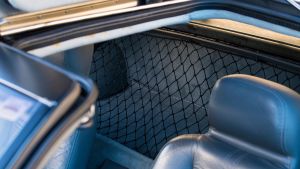

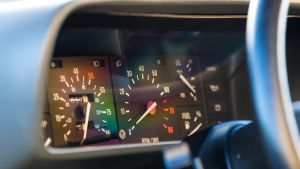
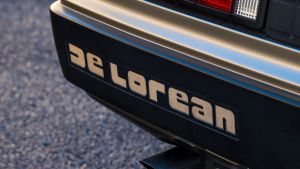

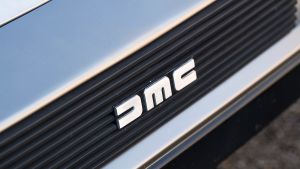
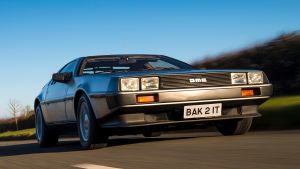
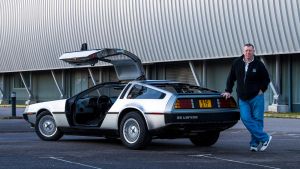
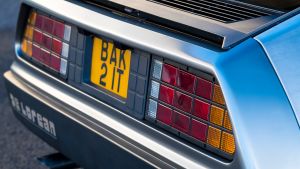
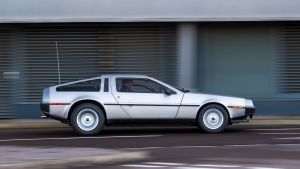

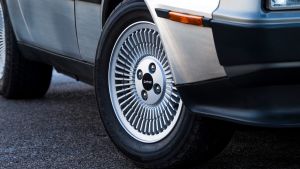
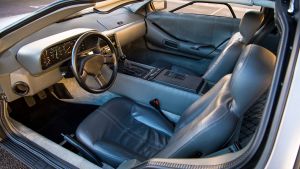
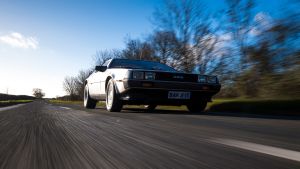
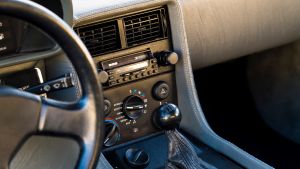
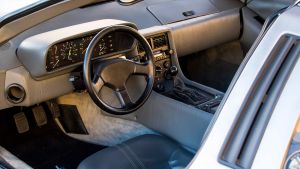

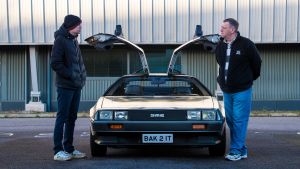
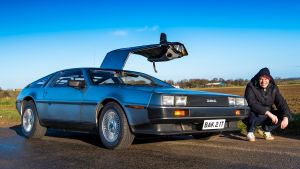
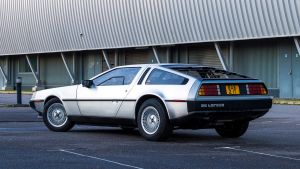

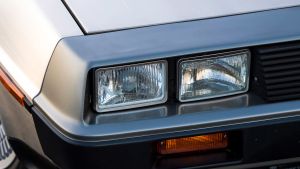


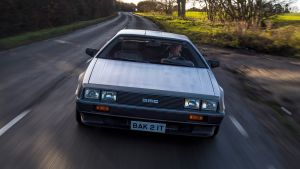
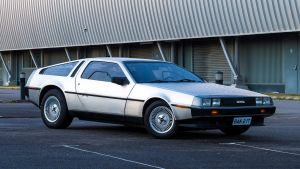
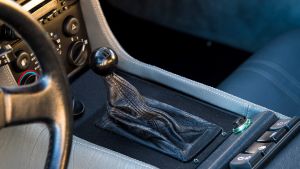
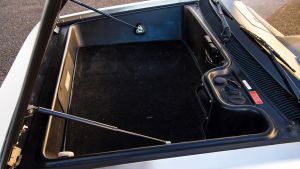
No comments:
Post a Comment